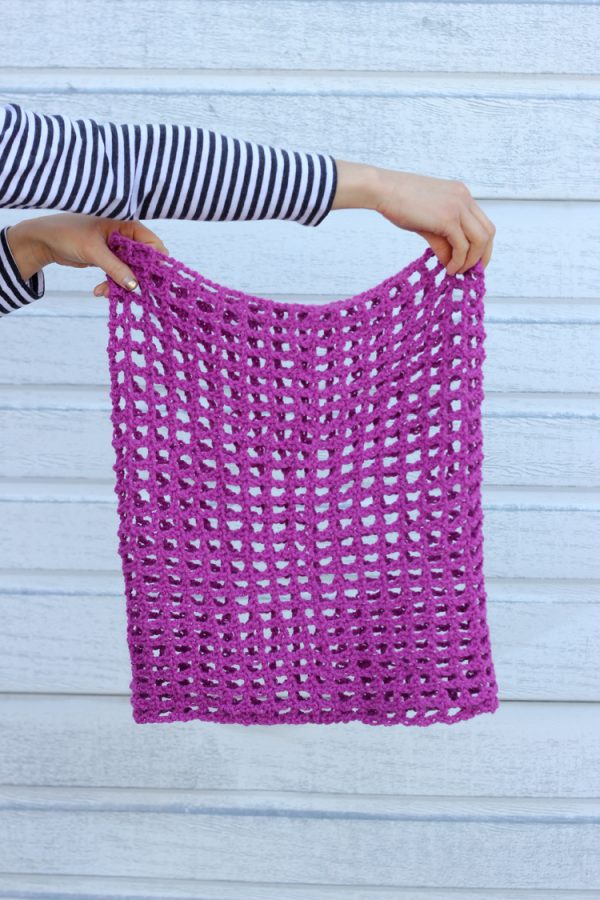
WEAVEIT SCARF PATTERNS HOW TO
It took me several trials before I understood how to read the nail positions to quickly warp the looms.

Both squares or the 2″x4″ rectangle can fit into an even smaller sandwich-shaped plastic container with the addition of a few yards of yarn, they are easy to port along to the park or other impromptu outing for a creative fix. From what I heard, these looms used to be made in China, and production of the square looms (as well as the rectangular one) will begin again when a US manufacturer is found.Īll my Weave-it/Weavette looms fit into an Artbin container. You can find new Weavettes online, or in some stores, but I could only find their rectangular looms. A simple nail sequencing originated by the Weave-It looms make them easy to thread and weave Weavettes preserve that same spacing. These looms use a continuous yarn in a simple warping and weaving method to make a small panel. My 2″x4″, 2″圆″, and 4″圆″ rectangular looms are the more modern Weavettes, made by Buxton Brook Looms.

Weave-Its originated in the 1930’s they are no longer being made, but I found various listings for used ones on eBay, which is where I purchased my 2″x2″ and 4″x4″ looms. My weaving equivalent of summer reading has been of short stories, rather than novels, with little Weave-It and Weavette looms. Something about the heat and pace of summer has kept me from working on any substantial weaving projects. The weave may be moved up or down to even out the weave if necessary.This past summer has been busy for me, with many activities involving friends and family. Tie a knot with all pieces of yarn to finish it off. Cut the second choice of yarn (the weaving yarn) the same length as the yarn that was in the straw. Remove each piece of tape and carefully remove each straw.
After the bottom is knotted and the weave is at the end continue weaving at the top until you reach the top tape. Tie a knot at the end of the cut pieces of yarn so the weave does not fall off. Continue weaving until your scarf is at the end of the cut pieces of yarn. The weave will eventually be pushed down off the straws and on the yarn. When the weave gets to the tape at the bottom carefully remove the tape. As you continue weaving above the previous row you will push the weave down the straws. (The pattern will be the opposite of what you did in the first row.) Going back the opposite direction but above the first row continue weaving in front and behind the straws. Start at the knot and go behind the next straw then in front then behind then in front.  Begin to weave with your second choice of yarn. With your second choice of yarn tie a knot on the outside straw just below the top. (bottom) The purpose of this is to stabilize the straws together until the weave gets down to this point when you later can remove the tape. Tape all 5 straws together at the end where the yarn is coming out of the straws. Tape one end of the yarn to the outside of the straw. You choose your method to get each cut piece of yarn though each straw. Suck the yarn through the straw which is faster but less sanitary then pushing the yarn through the straw. Insert one cut piece of yarn into one straw. Measure and cut 5 pieces of yarn whatever length you would like the finished scarf to be. Two balls of yarn, your choice of style, color and variety. She definitely wanted to do this! In fact she was telling me today’s the day, its time to start, its time to take pictures, we need to do this today! So in this post I was doing whatever SHE was instructing ME to do. I asked if she wanted to make another one to show others how to make it on the blog. She was so proud of her work she gave it to me for Christmas! I thought it was a great craft because she could do it with only one instruction session. Last November Little Chef A learned how to weave a scarf at school.
Begin to weave with your second choice of yarn. With your second choice of yarn tie a knot on the outside straw just below the top. (bottom) The purpose of this is to stabilize the straws together until the weave gets down to this point when you later can remove the tape. Tape all 5 straws together at the end where the yarn is coming out of the straws. Tape one end of the yarn to the outside of the straw. You choose your method to get each cut piece of yarn though each straw. Suck the yarn through the straw which is faster but less sanitary then pushing the yarn through the straw. Insert one cut piece of yarn into one straw. Measure and cut 5 pieces of yarn whatever length you would like the finished scarf to be. Two balls of yarn, your choice of style, color and variety. She definitely wanted to do this! In fact she was telling me today’s the day, its time to start, its time to take pictures, we need to do this today! So in this post I was doing whatever SHE was instructing ME to do. I asked if she wanted to make another one to show others how to make it on the blog. She was so proud of her work she gave it to me for Christmas! I thought it was a great craft because she could do it with only one instruction session. Last November Little Chef A learned how to weave a scarf at school.







 0 kommentar(er)
0 kommentar(er)
